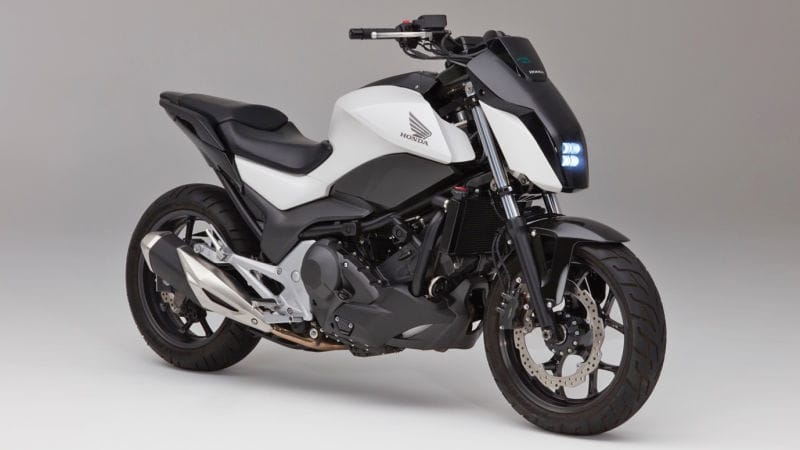Anyone who has ever driven any two wheeler knows that it is far easier to balance when traveling at high speeds using the law of conservation of momentum. The balancing gets a wee bit more challenging when the speeds drop while, let us say, stopping at a signal or backing it from the driveway. But Honda claims that their new experimental Riding Assist technology balances the bike even when it comes to a stop, and we will explain how the magic happens!
This is the same technology Honda has developed for their ASIMO robot and its self-balancing scooter, the UNI-CUB. It departs from the traditional method of using gyroscopes for balance as they add a lot of weight to the vehicle and decrease their efficiency. Instead, the latest technology moves the angle of the front fork automatically when at low speeds to improve stability.
Also, when the bike is moving at speeds of less than three miles per hour, small left, and right steering adjustments are made to the front wheel which ensures that the motorcycle maintains its balance, with or without a rider on board.
This explains why Honda has spent so much money on R&D projects like ASIMO or the UNI-CUB, which have come up with remarkable inventions in the field of robotics. While it would be exciting to watch this technology in action, there is no word on when it will be converted into a consumer product.

